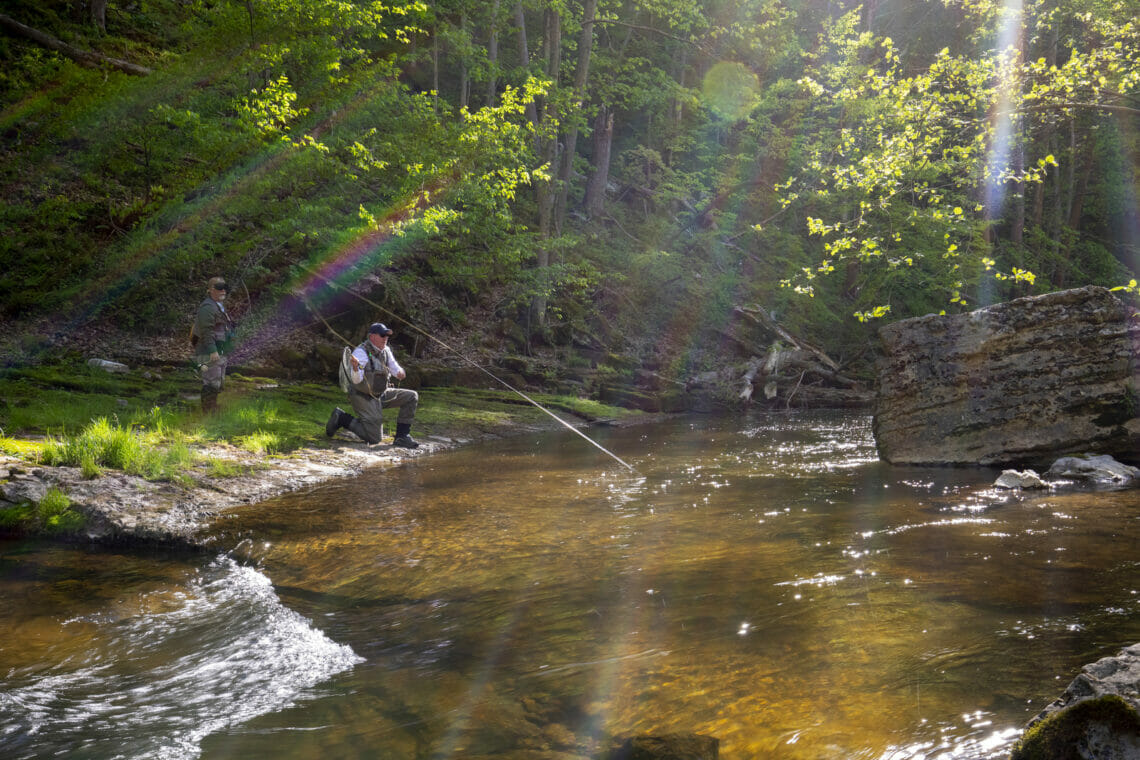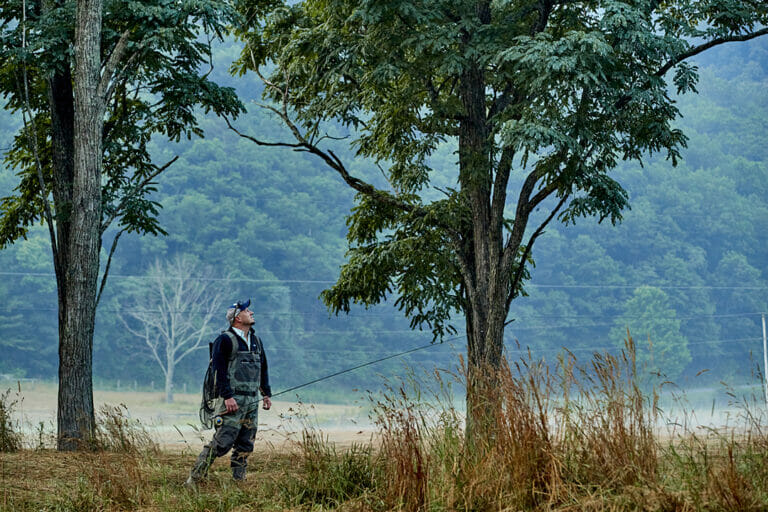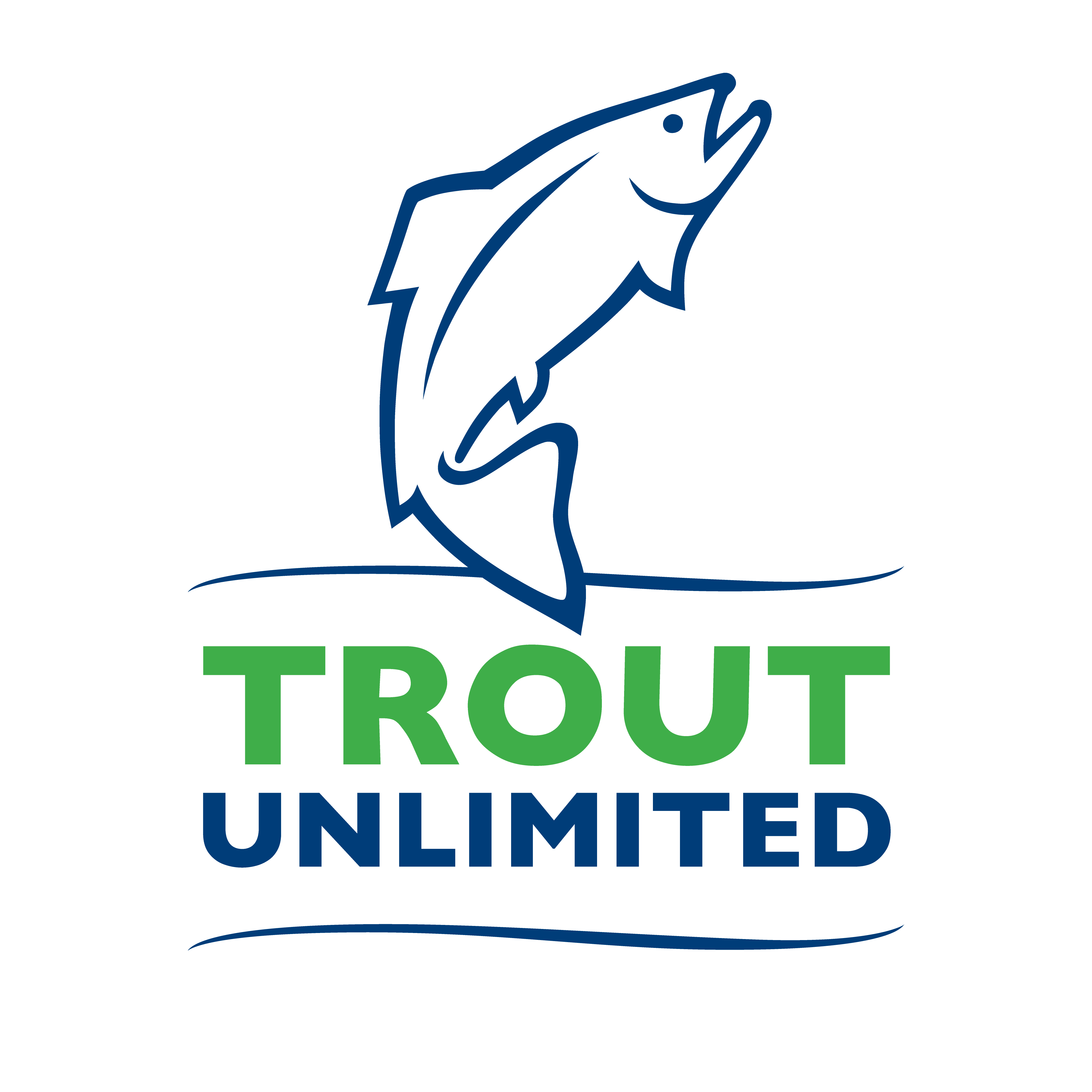Potomac Headwaters

Overview
A mix of tiny mountain brooks and valley spring creeks form the headwaters of the Potomac River, a system that has benefited from nearly two decades of intensive restoration and protection efforts via Trout Unlimited’s Potomac Headwaters and Shenandoah Home Rivers Initiatives, and our work in the Maryland’s Savage River watershed. TU and a long list of partners are deploying a full suite of techniques to address challenges created by past land use practices, including agriculture, logging, and mining. We are addressing sedimentation problems from erosion, adding habitat to streams to help trout and reduce flooding risks, and removing or improving barriers such as dams and perched culverts to enlarge habitat and build stronger ecosystems. TU has installed nearly two million feet of fencing to keep livestock out of streams. All the work is leading to healthier populations of wild trout, including native brook trout, the state fish of both Virginia and West Virginia.
Watershed Scale Restoration
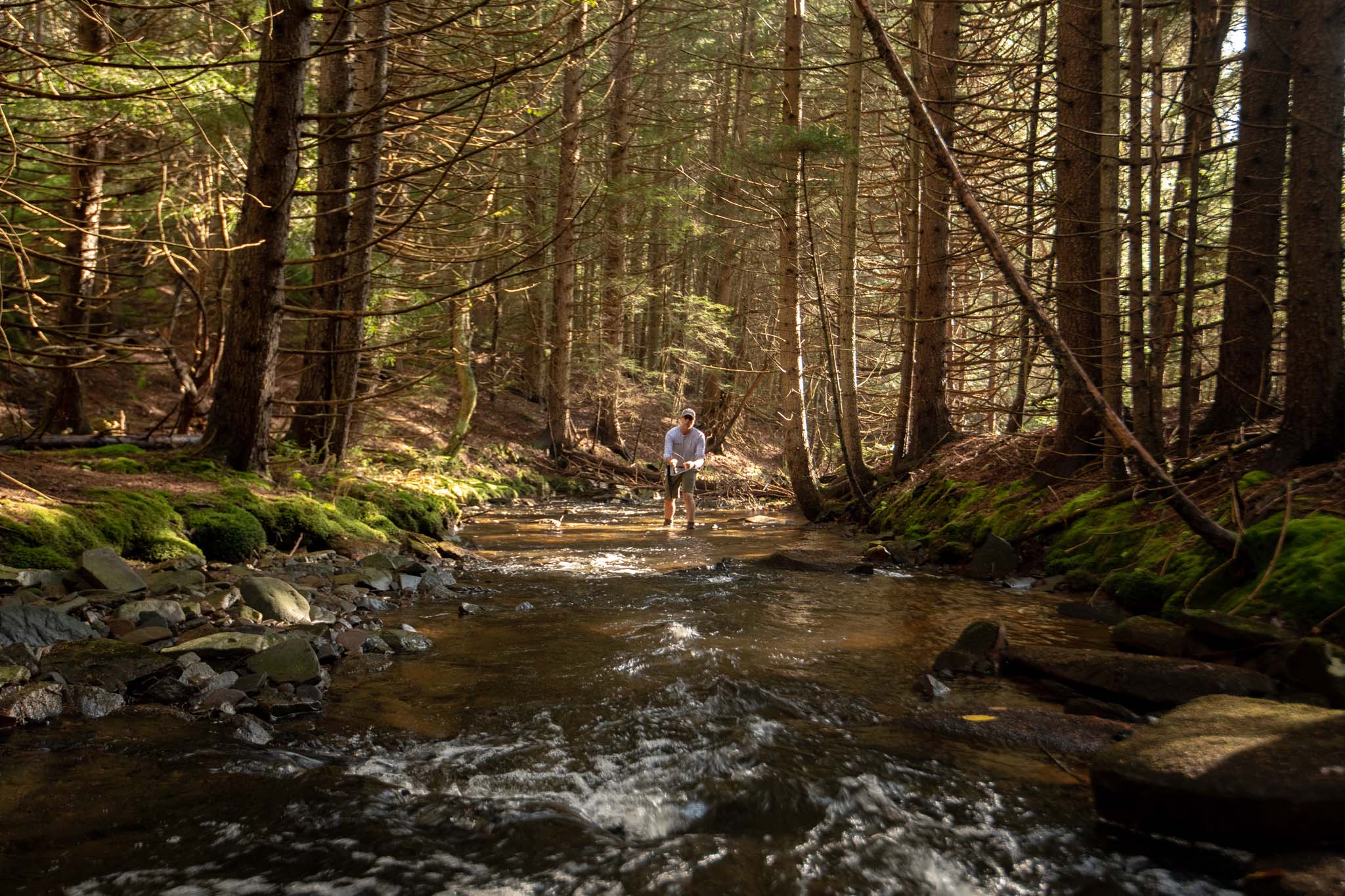
(Joshua Duplechian/Trout Unlimited)
Dozens of restoration and reconnection projects in the headwaters of the Potomac in West Virginia and Virginia are reconnecting stream sections so trout and other aquatic creatures have access to more and better habitat for spawning, feeding and seeking thermal refugia during warming months. These projects are occurring on both the private valley lands and rugged public lands of the Monongahela and George Washington national forests, helping to create vast and varied stream networks. We are also working to protect critical wild brook trout habitat in the Savage River watershed.
Strategic Wood Additions

(Joshua Duplechian/Trout Unlimited)
Generations ago, logging largely cleared forests in the Appalachian Mountains. This left a dearth of streamside trees, which create important aquatic habitat when they naturally fall into streams. Even as the forests mature, Trout Unlimited and our partners are adding woody habitat to streams to jumpstart the creation of woody in-stream habitat that would otherwise take decades to form under natural circumstances. Surveys are finding that trout populations are responding positively, with more and larger fish now found in restored areas.
Removing/Improving Stream Barriers
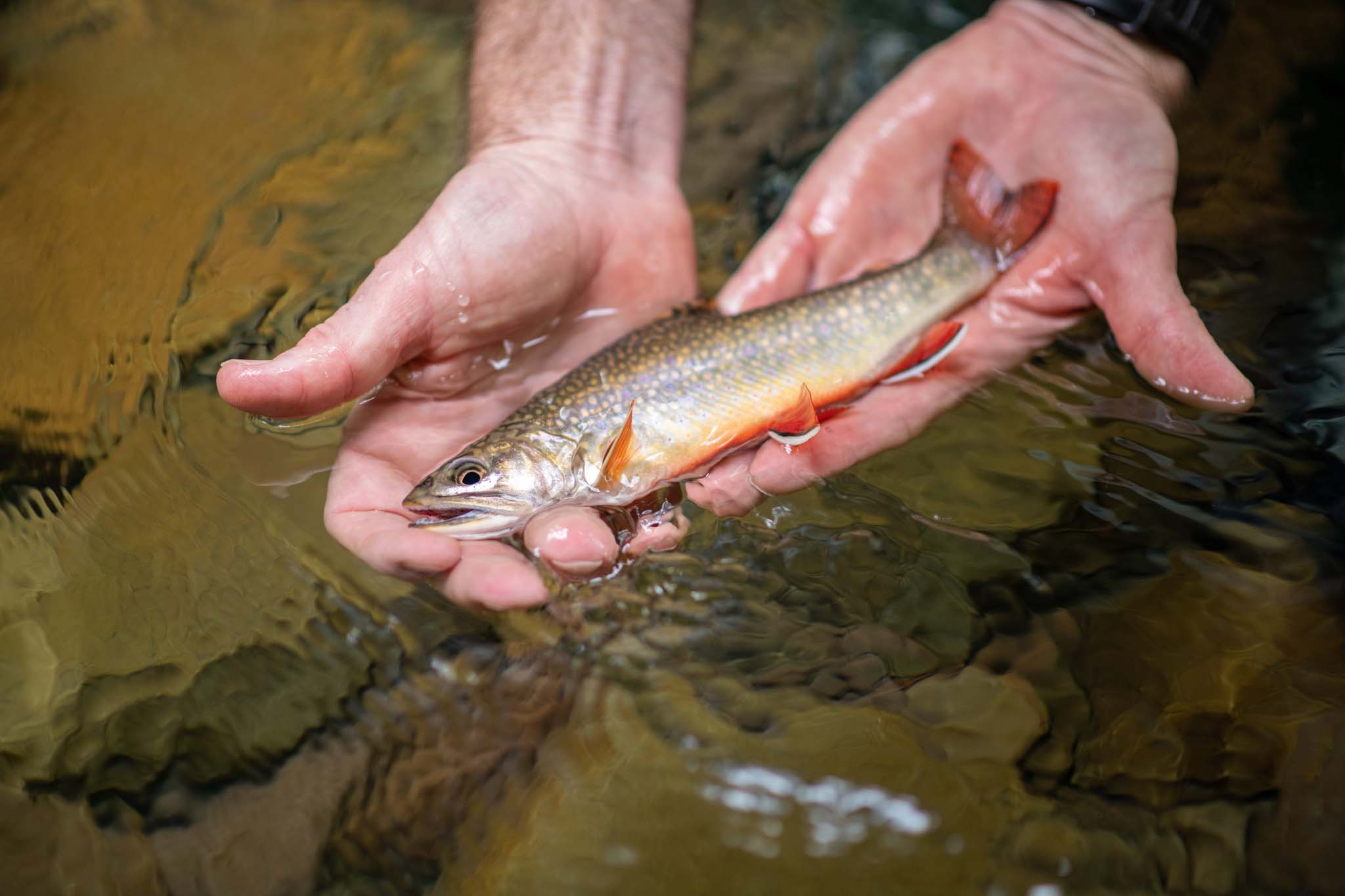
When rivers are reconnected, brook trout can move throughout a system. (Joshua Duplechian/Trout Unlimited)
Every time a road crosses a stream, there’s a potential for a stream barrier. For example, when the downstream end of a culvert becomes perched over the pool below, fish and other aquatic organisms in the downstream section may not be able to access water above the barrier. TU and our partners are replacing perched culverts with bridges and other crossings that re-open streams. By focusing on priority barriers, TU is significantly increasing the habitat available to trout and other stream dwellers.
Working with Farmers
Trout Unlimited works with landowners to address challenges such as erosion, a lack of riparian cover, and barriers to fish passage. TU helps landowners navigate sometimes complex funding opportunities, including programs administered by the U.S. Department of Agriculture, to pay for work that keeps soil in place and out of streams. This can include installing fencing to keep livestock from streams, with TU often helping landowners install alternative water sources for their animals.



